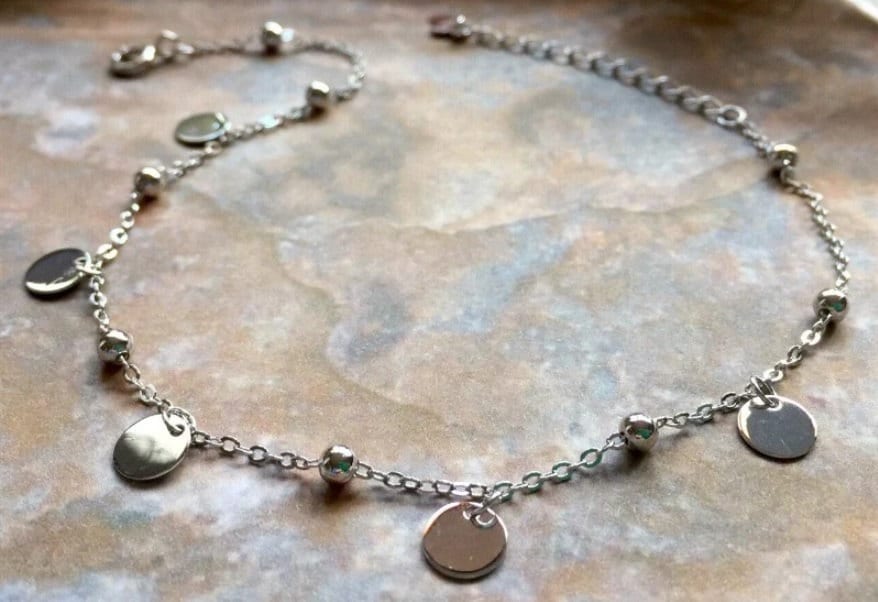We’re often asked about the difference between silver and sterling silver, and why the latter can often be the better option for jewellery, so we thought we’d discuss this here.
In truth, people do regularly confuse the two, frequently using them interchangeably. So it’s worth appreciating that they’re not the same thing – and understanding what the variances are.
The key way in which they differ is purity. While silver is 99.9% pure, sterling silver has a slightly lower purity of 92.5%. (That’s why it’s sometimes also called 925 silver, and this number is used in its hallmark.) The latter has a long history in Britain and across Europe, and is thought to have originated on the continent, in Germany.
Because this metal in its purest form is very soft, it’s often combined with other, tougher metals to make jewellery. Sterling silver is one high-quality alloy like this, and it’s a popular option offering a good compromise between practicality and purity. The remaining 7.5% of sterling silver typically comprises copper, although other base metals can also be used for greater rigidity and therefore suitability for jewellery making. You’ll also find it used in cutlery and tableware.
Below, we list some of the benefits sterling silver has over its pure silver counterpart:
- There’s less tarnishing: While pure silver doesn’t oxidise or rust on contact with oxygen, it can react with sulphides, causing a patina or tarnish. Many everyday items from rubber to onions contain sulphides, and so your precious metal will typically discolour over time. That’s much less the case with sterling silver.
- Its appearance has to be one of the key benefits of sterling silver. It’s a beautiful material, with a lustrous white look.
- It’s affordable, especially when compared with platinum or gold. It also provides lasting quality and value for money. Yet it’s strong and can last for a long time, especially if you look after it properly, yet it’s still not too heavy to wear.
- It’s malleable, allowing craftsmen to create beautiful designs.
- It’s a high-quality alternative to costume jewellery, and a much better choice than cheap imitation products, which are typically just plated with a thin precious metal layer which will tend to fade or chip rapidly, meaning they aren’t really worth your money.
- Its versatility – Sterling silver can be used in a varied line-up of highly creative jewellery designs. Due to its softness, this metal is probably not the best choice for items such as engagement rings, but it is perfect for gifts and fine jewellery accessories.
Thai sterling silver
Thai sterling silver is known across the world for its superior quality, authenticity and incredible appearance. Northern Thailand in particular is home to a number of tribes which have made their mark among the country’s prolific manufacturers. They have fashioned rings, bracelets, earrings, amulets and pendants for hundreds of years, in an almost limitless range of designs. Indeed, silversmithing is such a huge part of the culture of this part of the world that many people never use paper money – only silver coins. It’s an industry powered by strong supply lines as well as a rich heritage.
A sterling service from Boho Vibes Earth
At Boho Vibes Earth, we offer a great range of on-trend products in sterling silver, including a number of delightful items from Thailand, at prices which are more affordable than you might think. Check out our elephant and butterfly necklaces, abalone shell earrings and much more.
Boho Vibes Earth collections hail from around the world and there’s a strong emphasis on a Bohemian vibe and natural materials. Check out our collections online today – and be in touch if you have any questions.

